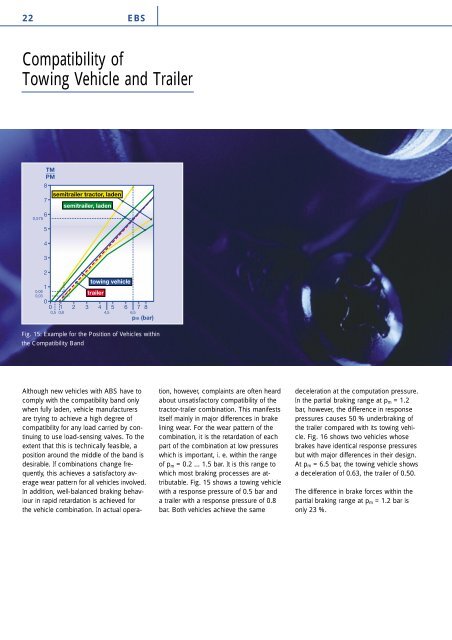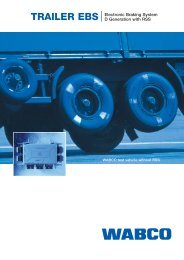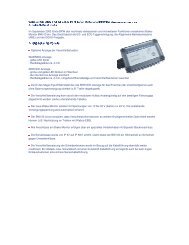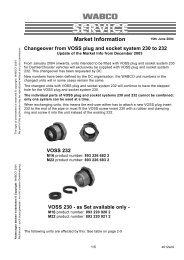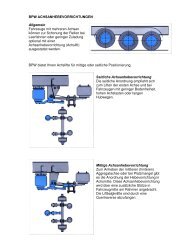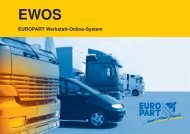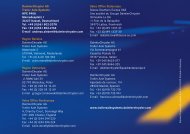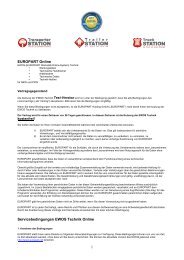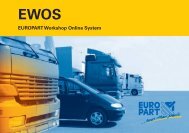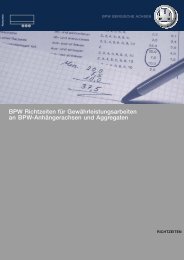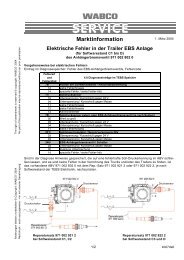Brosch. Trailer EBS (E) - wabco inform
Brosch. Trailer EBS (E) - wabco inform
Brosch. Trailer EBS (E) - wabco inform
You also want an ePaper? Increase the reach of your titles
YUMPU automatically turns print PDFs into web optimized ePapers that Google loves.
22 <strong>EBS</strong><br />
Compatibility of<br />
Towing Vehicle and <strong>Trailer</strong><br />
Fig. 15: Example for the Position of Vehicles within<br />
the Compatibility Band<br />
Although new vehicles with ABS have to<br />
comply with the compatibility band only<br />
when fully laden, vehicle manufacturers<br />
are trying to achieve a high degree of<br />
compatibility for any load carried by continuing<br />
to use load-sensing valves. To the<br />
extent that this is technically feasible, a<br />
position around the middle of the band is<br />
desirable. If combinations change frequently,<br />
this achieves a satisfactory average<br />
wear pattern for all vehicles involved.<br />
In addition, well-balanced braking behaviour<br />
in rapid retardation is achieved for<br />
the vehicle combination. In actual operation,<br />
however, complaints are often heard<br />
about unsatisfactory compatibility of the<br />
tractor-trailer combination. This manifests<br />
itself mainly in major differences in brake<br />
lining wear. For the wear pattern of the<br />
combination, it is the retardation of each<br />
part of the combination at low pressures<br />
which is important, i. e. within the range<br />
of p m = 0.2 ... 1.5 bar. It is this range to<br />
which most braking processes are attributable.<br />
Fig. 15 shows a towing vehicle<br />
with a response pressure of 0.5 bar and<br />
a trailer with a response pressure of 0.8<br />
bar. Both vehicles achieve the same<br />
deceleration at the computation pressure.<br />
In the partial braking range at p m = 1.2<br />
bar, however, the difference in response<br />
pressures causes 50 % underbraking of<br />
the trailer compared with its towing vehicle.<br />
Fig. 16 shows two vehicles whose<br />
brakes have identical response pressures<br />
but with major differences in their design.<br />
At p m = 6.5 bar, the towing vehicle shows<br />
a deceleration of 0.63, the trailer of 0.50.<br />
The difference in brake forces within the<br />
partial braking range at p m = 1.2 bar is<br />
only 23 %.


